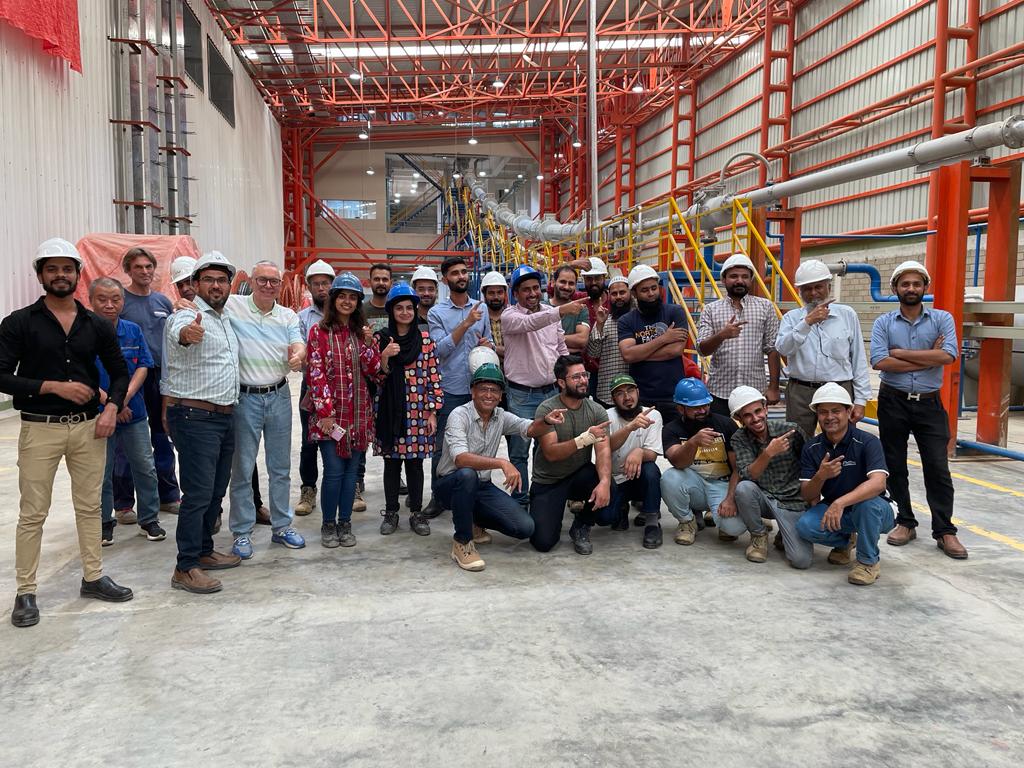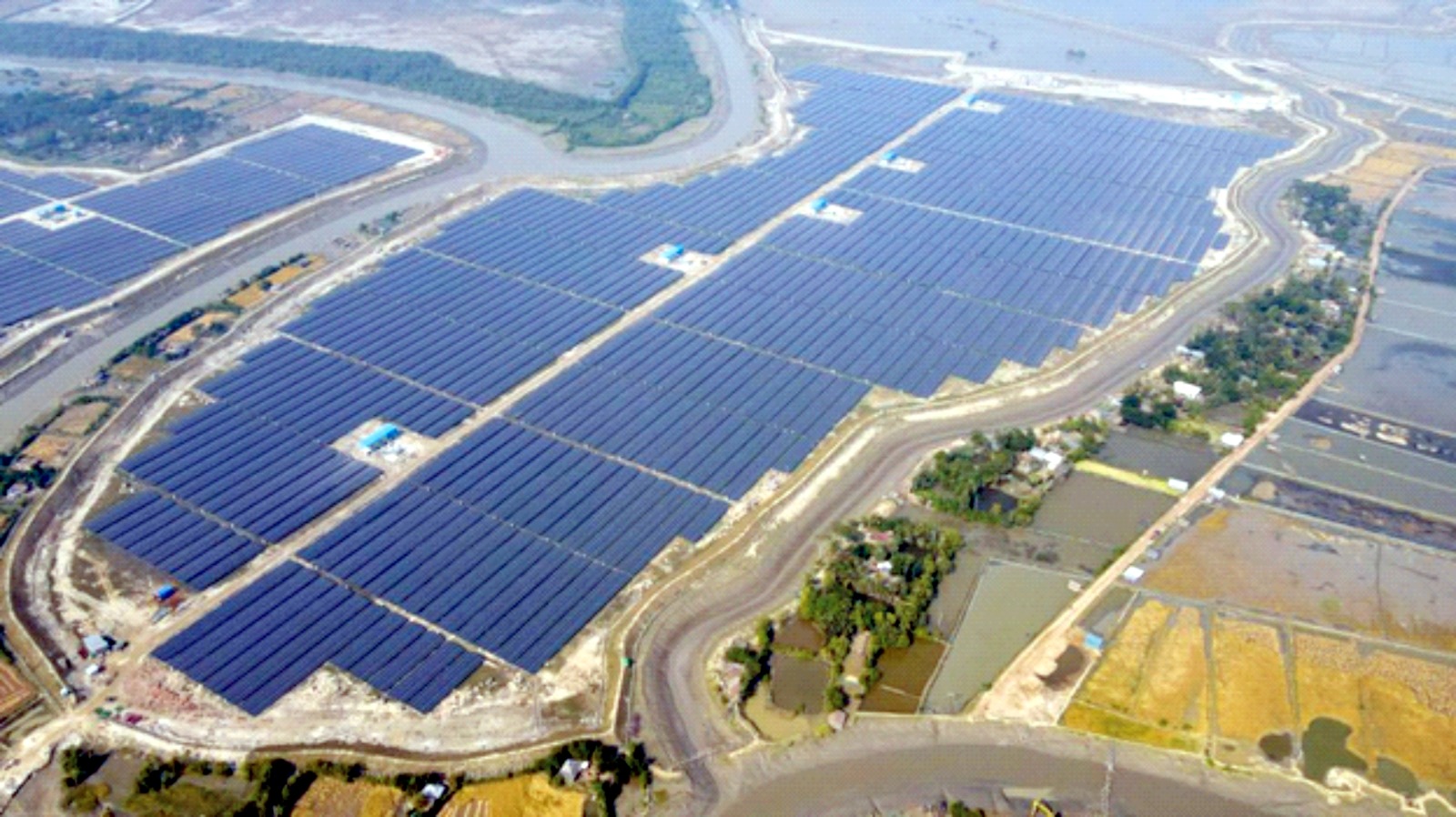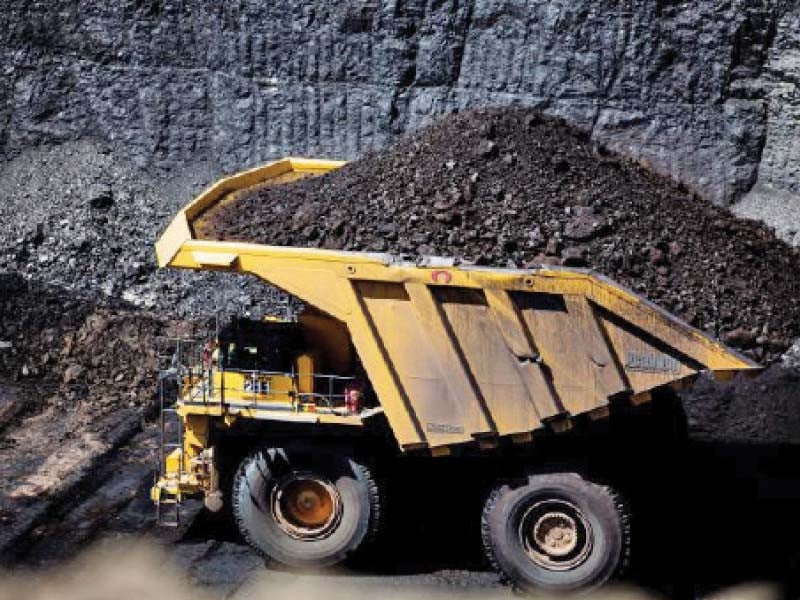IEP’s 11th OHSE proves to a success by all accounts Building Code be adopted at all levels to control emergencies
The 11th Occupational Health, Safety & Environment (OHSE) organized by the Institution of Engineers (IEP), Karachi Chapter proved to be […]





